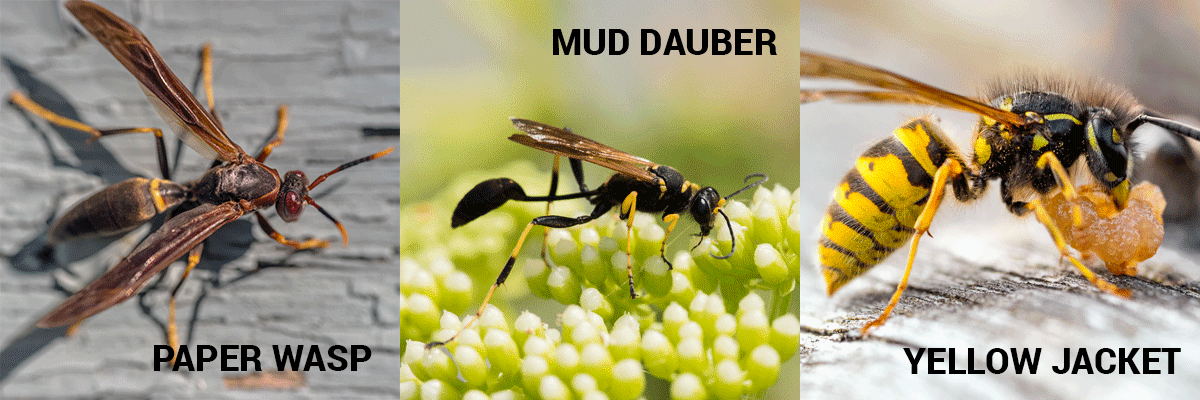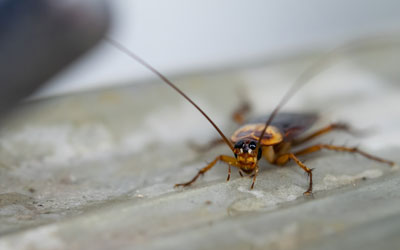 If you’ve ever had a cockroach infestation, you know how frustrating they can be. Unfortunately, we’re in the midst of “cockroach season” here in Utah and Idaho. Cockroaches are out in full force due to their attraction to warm, humid weather. While they are a pest problem all year long, it’s important to stay wary of their activity in the summer months. Their populations can explode in numbers, which is why you need to learn how to prevent roaches from making their way indoors. The team at Rentokil is here with expert info on keeping summer cockroach infestations under control.
If you’ve ever had a cockroach infestation, you know how frustrating they can be. Unfortunately, we’re in the midst of “cockroach season” here in Utah and Idaho. Cockroaches are out in full force due to their attraction to warm, humid weather. While they are a pest problem all year long, it’s important to stay wary of their activity in the summer months. Their populations can explode in numbers, which is why you need to learn how to prevent roaches from making their way indoors. The team at Rentokil is here with expert info on keeping summer cockroach infestations under control.
Why Are Roaches Common in the Summer Months?
Cockroaches are known for their ability to withstand various environments and conditions. Although they are around in the winter, they are most common and active in the summer months. The rising temperatures encourage roaches to resume activity and breed at a rapid rate. This can be dangerous when they get inside your home. Roaches are elusive and good hiders, meaning you likely have a lot more roaches than you assume if you are dealing with an infestation. Humid temperatures are a big attractant, which is why infestations are so often centralized in kitchens, bathrooms, basements, and more.
6 Ways to Keep Summertime Cockroaches Out
A cockroach infestation is messy and even dangerous. Because they commonly try to make their way inside this time of year, it’s important to learn how to make your property less attractive to them. Our top cockroach prevention tips are as follows.
- Inspect the perimeter of your home and seal cracks and crevices. Seal windows and doors or install screens.
- Regularly clean your property, focusing on bathrooms and kitchens.Wipe or clean up any spills or crumbs ASAP.
- After feeding your pets, pick up pet bowls and avoid leaving food out overnight.
- Keep all food securely sealed in airtight containers, and refrigerate unsealed food.
- Seal all garbage cans with a tight-fitting lid, and routinely take it out when needed.
- Avoid leaving piles of clutter or junk both inside and outside of your property.
- Cockroaches love moisture, meaning it’s important to fix any leaky pipes or clogged rain gutters.
Cockroach Control Solutions
If you have a cockroach problem in your property, it’s important to act quickly. DIY cockroach control rarely works—if you want roaches out of your property quickly, it’s best to enlist the help of a professional cockroach exterminator. At Rentokil, our team is committed to keeping you and your family safe from the dangers of roaches all year long.

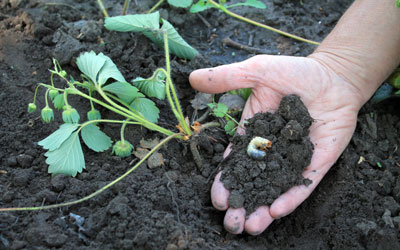 Keeping a lawn alive and healthy is hard enough. When you have a lawn pest problem, it can be even harder. Unfortunately, summertime in Utah is a haven for lawn pests, many of which hatch in the late summer and remain active through the fall months. Lawn insects can threaten the health of your roots, damaging existing turf and preventing new growth. A single insect can make a big impact, making it important to learn how to prevent summer lawn pests. The lawn experts at Rentokil are here to share their top tips for keeping lawn pests away for good.
Keeping a lawn alive and healthy is hard enough. When you have a lawn pest problem, it can be even harder. Unfortunately, summertime in Utah is a haven for lawn pests, many of which hatch in the late summer and remain active through the fall months. Lawn insects can threaten the health of your roots, damaging existing turf and preventing new growth. A single insect can make a big impact, making it important to learn how to prevent summer lawn pests. The lawn experts at Rentokil are here to share their top tips for keeping lawn pests away for good.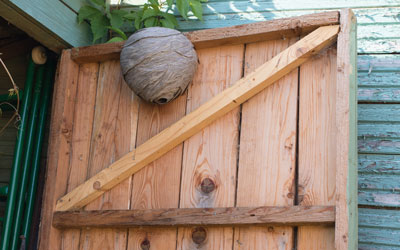 Wasps are one of the most common summertime pests, especially here in the Northern Utah and Southern Idaho area. Normally a beneficial part of the environment, wasps can create a hazardous environment when they build their nests in residential areas. There are a few different types of wasps in our areas, and they all build different kinds of nests. Although it’s important to never approach a nest, it’s also important to learn how to identify them. The team at Rentokil is here to help you learn how to identify wasp nests.
Wasps are one of the most common summertime pests, especially here in the Northern Utah and Southern Idaho area. Normally a beneficial part of the environment, wasps can create a hazardous environment when they build their nests in residential areas. There are a few different types of wasps in our areas, and they all build different kinds of nests. Although it’s important to never approach a nest, it’s also important to learn how to identify them. The team at Rentokil is here to help you learn how to identify wasp nests.
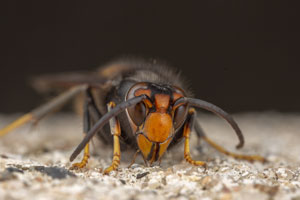 The Asian giant hornet, infamously known as the “murder hornet”, has certainly made the rounds in the media over the past couple of months. It’s easy to understand why this hornet has struck fear in the heart of so many nationwide, even though they’ve only been spotted in the Pacific Northwest (so far). Originally from Japan, China, and other Asian countries, this hornet made its first appearance in Vancouver and Washington state late last year. Their sting is known to be potentially fatal, but the true threat they pose is to the honeybee population. Keep reading to learn all you need to know about murder hornets from the team at Rentokil!
The Asian giant hornet, infamously known as the “murder hornet”, has certainly made the rounds in the media over the past couple of months. It’s easy to understand why this hornet has struck fear in the heart of so many nationwide, even though they’ve only been spotted in the Pacific Northwest (so far). Originally from Japan, China, and other Asian countries, this hornet made its first appearance in Vancouver and Washington state late last year. Their sting is known to be potentially fatal, but the true threat they pose is to the honeybee population. Keep reading to learn all you need to know about murder hornets from the team at Rentokil!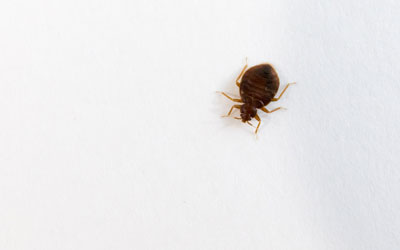 If you have had a bed bug problem before, you know how difficult they are. In addition to spreading throughout your home, these bloodsucking pests are notoriously difficult to get rid of without a professional pest control expert. With Bed Bug Awareness week upon us, now is the perfect time to learn more about the true threats of
If you have had a bed bug problem before, you know how difficult they are. In addition to spreading throughout your home, these bloodsucking pests are notoriously difficult to get rid of without a professional pest control expert. With Bed Bug Awareness week upon us, now is the perfect time to learn more about the true threats of 